Fibi Afloe’s photographs were taken in a compound house where her family and other families lived for 70 years. Hers is the third generation of occupants in the same locale. Her experience is not as common in this century as it was in the previous one, when it was wholly possible to live all your life in the house you were born.
A compound house—a series of rooms or flats that share the same fence—is as intimate as a village, even more so. The infrastructure of everyday life is shared, such as bathrooms and alleyways. There is also the tendency for each family’s fate to be linked to another’s; if they aren’t already related by birth, they might soon be by marriage. The community that is formed is bound, in a straightforward sense, by physical proximity. But there is also a bond that is—how else to say it—metaphysical. That is, people in the compound house share the interweaving of their various senses of identities. For instance, those gleeful children pictured at a small-scale birthday ceremony cannot speak of their childhoods without referring to each other, in a language best described as collective memory.
“The house has been sold and the new owner has given us notice to vacate it by July 2024,” writes Afloe. Looking at the photographs with this in mind changes the tenor of meaning. The mood, save for a few pictures, become irreparably pensive. The candour of a woman looking at a mirror becomes one of a woman worried her face might indicate unmitigated worry to an outsider. And note the stern glance of the girl with her hand on a doorhandle, the manner of another girl as she cradles her chin, and the suspended arms of a third girl as she lies across a bare mattress is both telling of her self-assurance as it is of her lack of mirth. The intimation, simply put, is of a wish to stay put.
Photographs are most useful to us when they serve as record. The occupants of Afloe’s compound house can tell, by looking at this documentation of their past, who, what, and where. The facts of things are not in question. Yet, time passes. The compound is vacated and demolished. The families disperse. A new structure comes into view. Those children, now grown, can no longer rely on the facts as they had once known it, since the photographs only provide two-dimensional clues. And so, as they turn to what they remember, memory becomes a struggle against homelessness.
— Emmanuel Iduma
Listen to Fibi Afloe describe her project
TENDER PHOTO is a collaborative digital archive and publishing platform of contemporary African photography, edited by Emmanuel Iduma. Our aim is to use photography to engage with life on the African continent. We publish narratives about the people, places, and events pictured in photographs, contributing to nuanced and layered perceptions.
Every Wednesday we feature a photograph, a short caption about it, and a statement from the photographer. Last year, we published commentaries or photo-essays in response to photographs previously featured on the newsletter, including CORRESPONDENCES, CONCORDANCE, KINDRED, INDEX, and AFFINITIES. This is the second edition of a series dedicated to the 5 photographers featured in Process Projected, Amsterdam.
Thank you for reading. If this newsletter was shared with you, consider subscribing, or forward to a friend. Please whitelist the newsletter to ensure you never miss it.

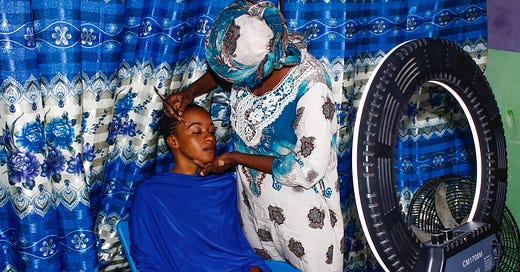

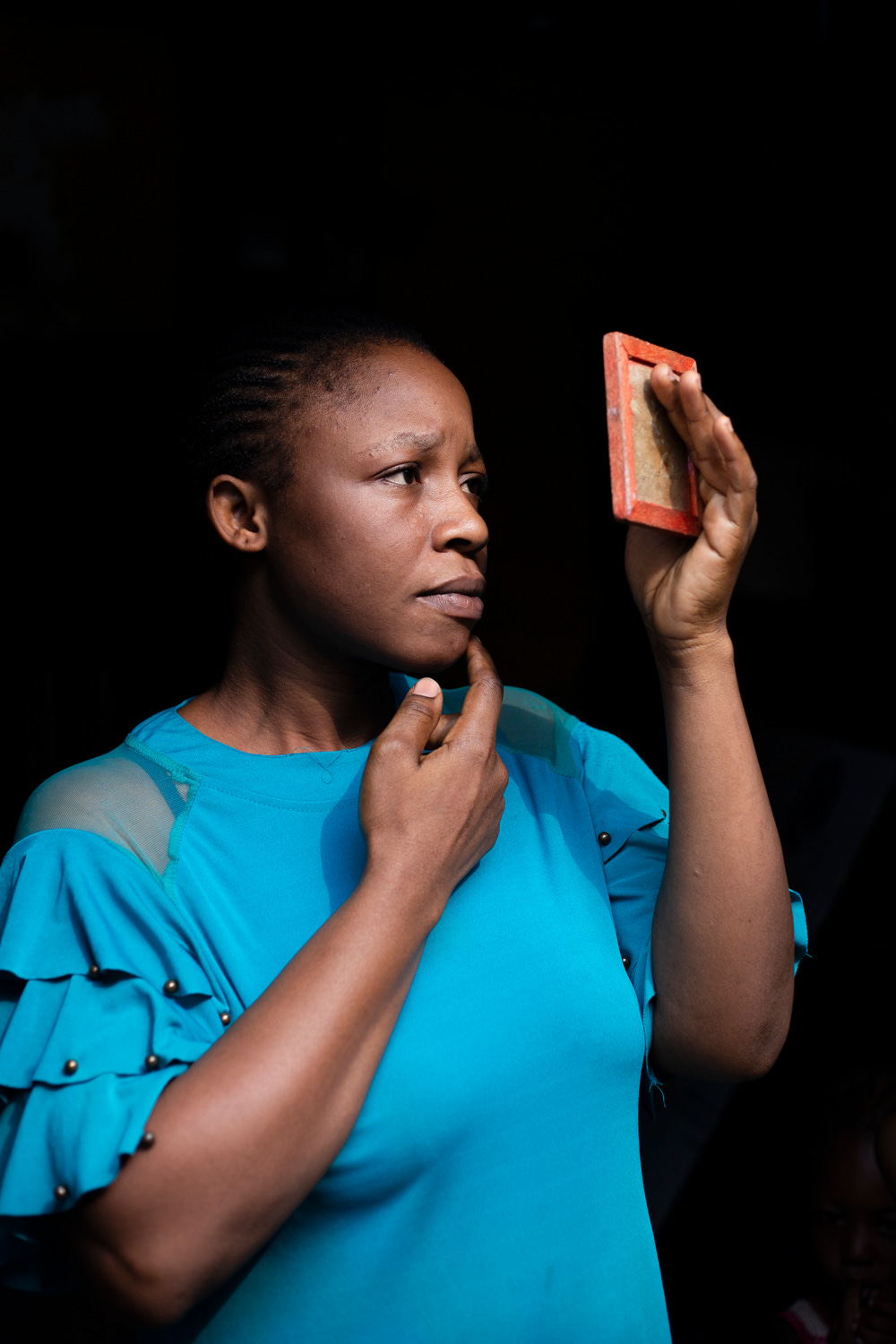
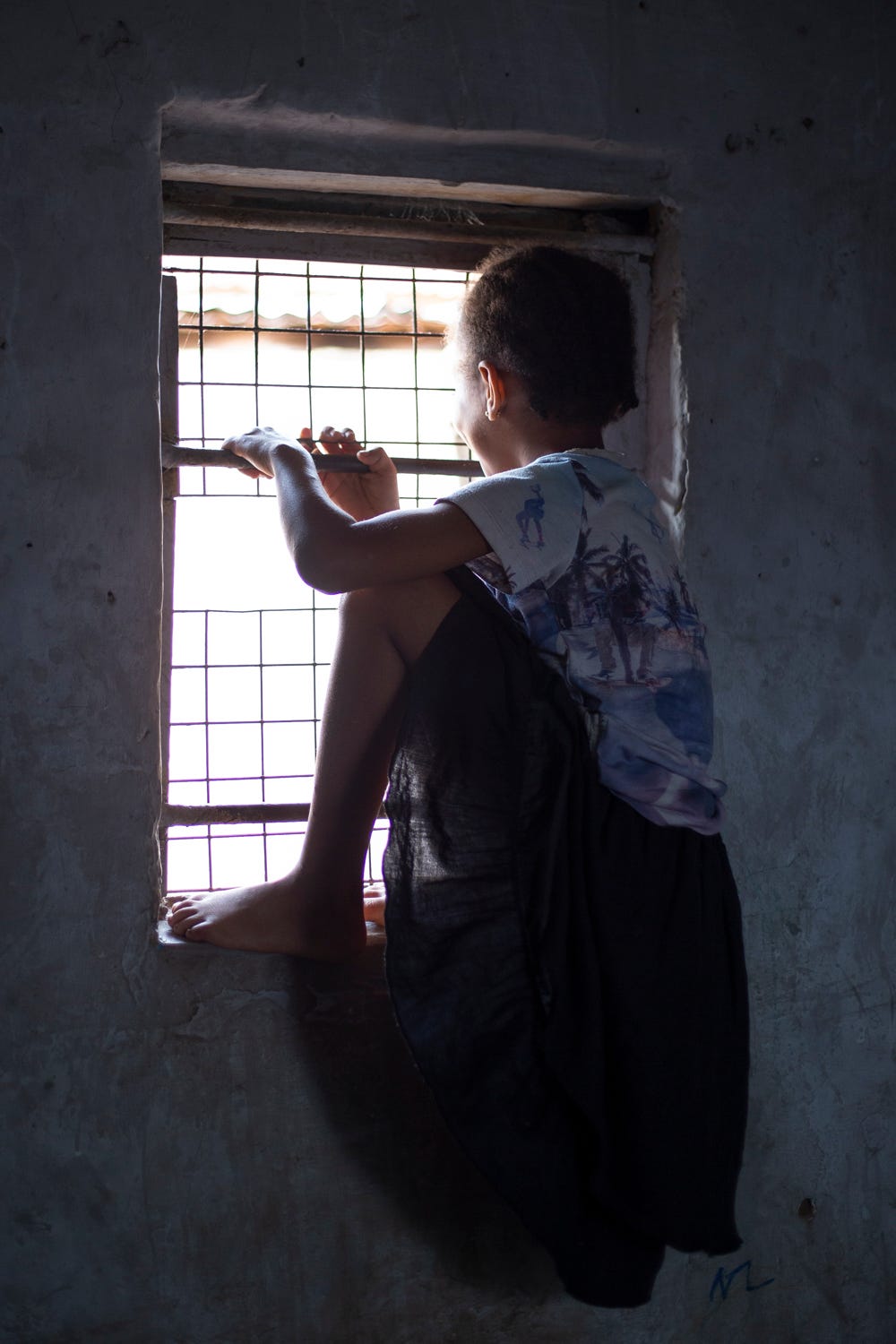
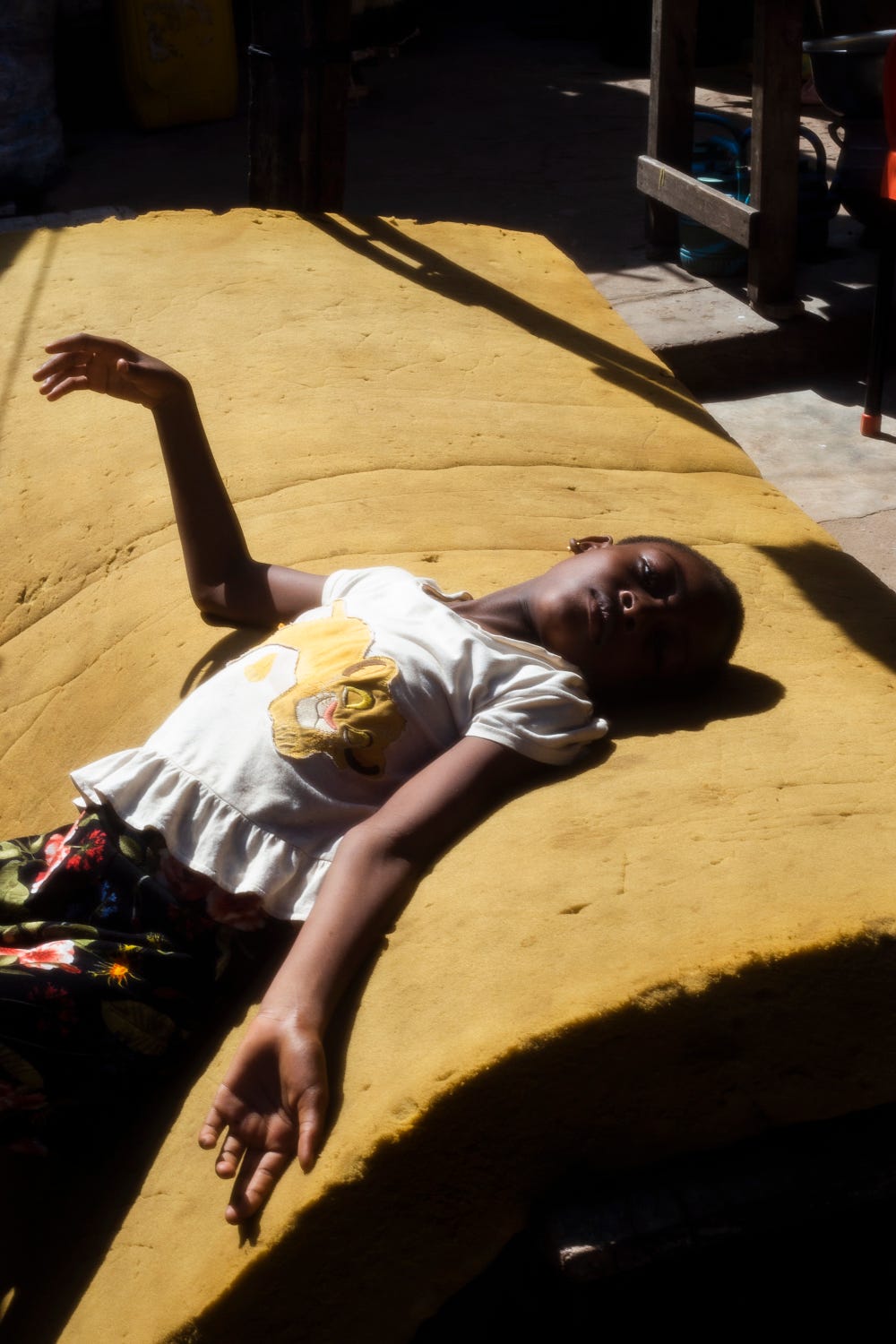
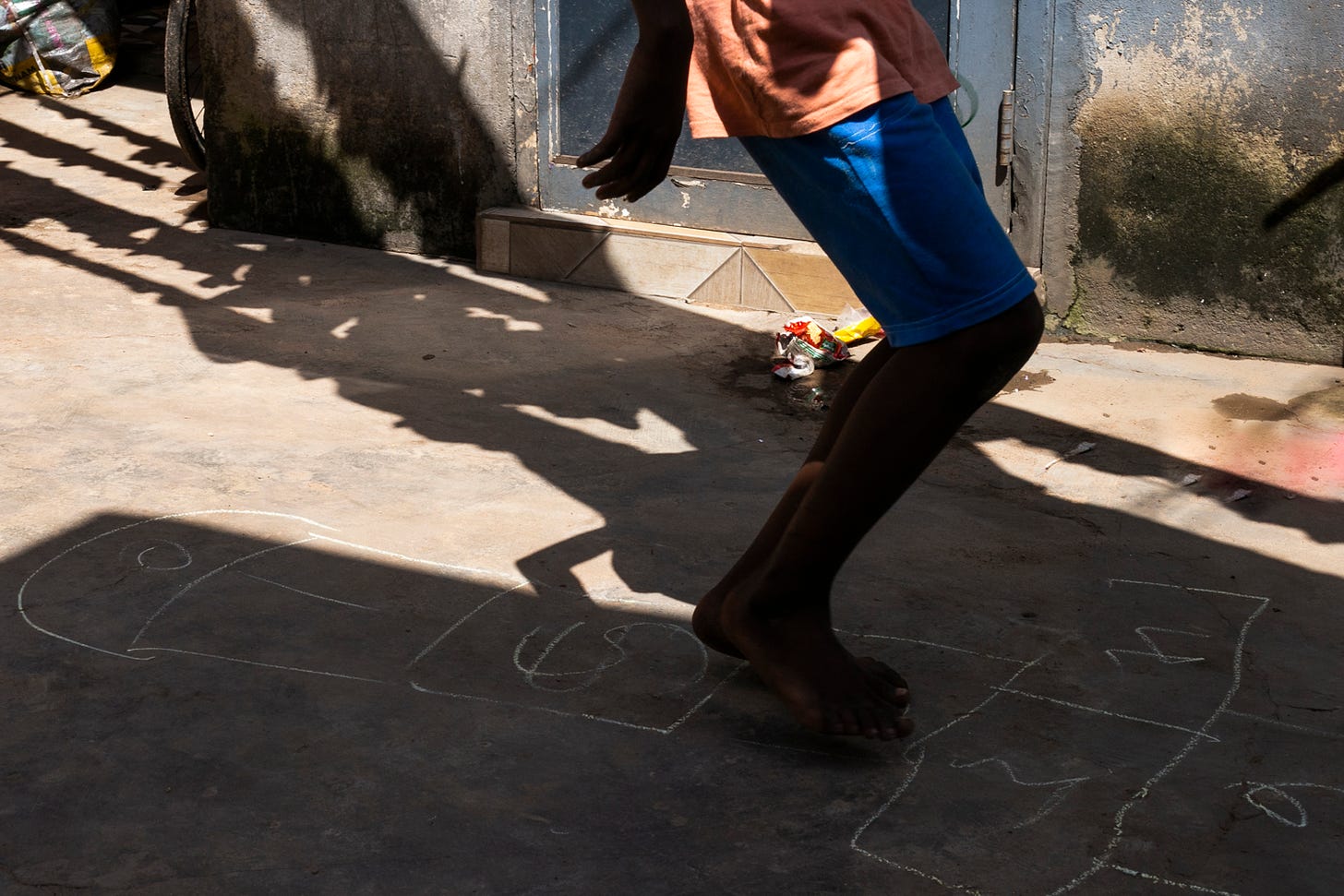

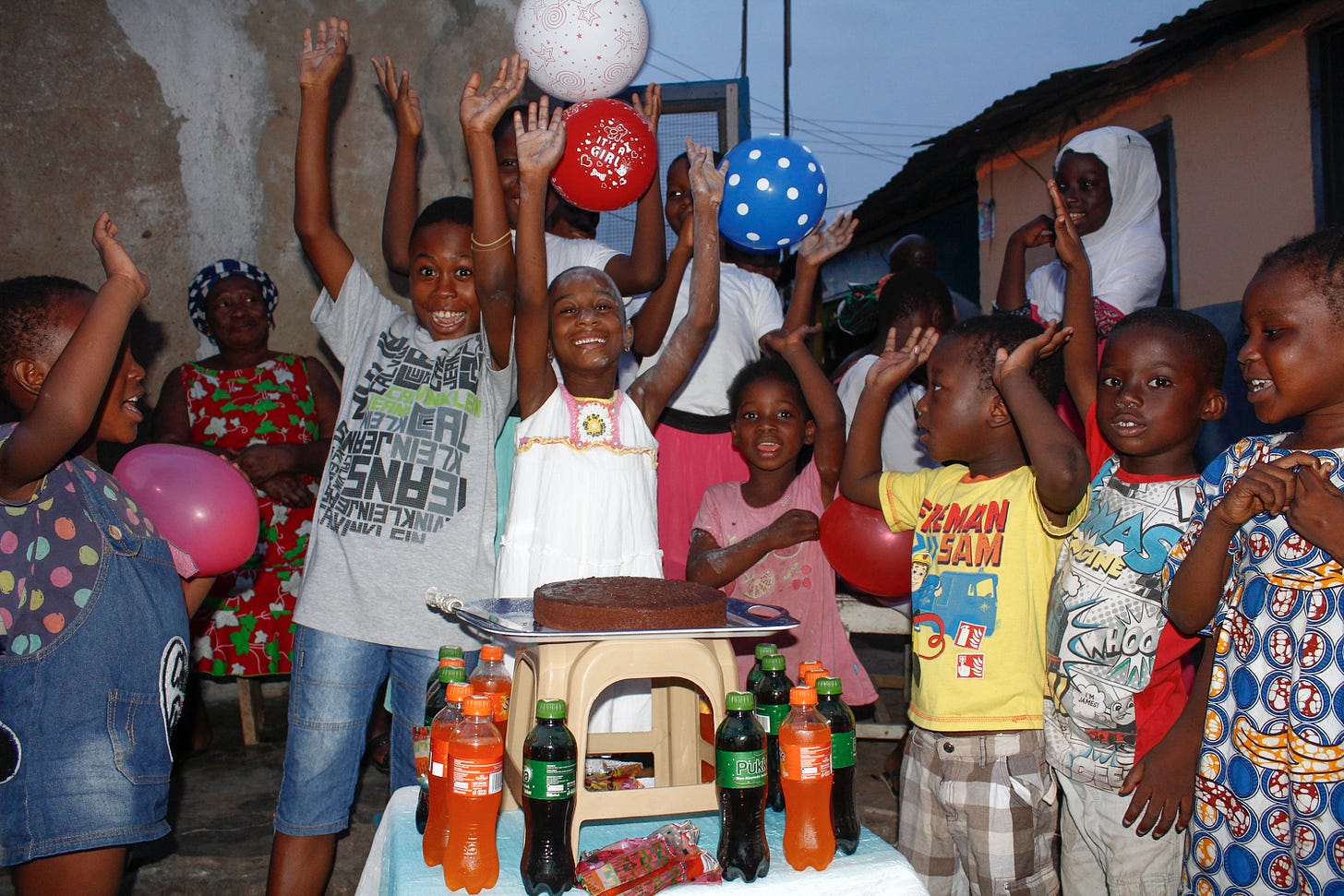
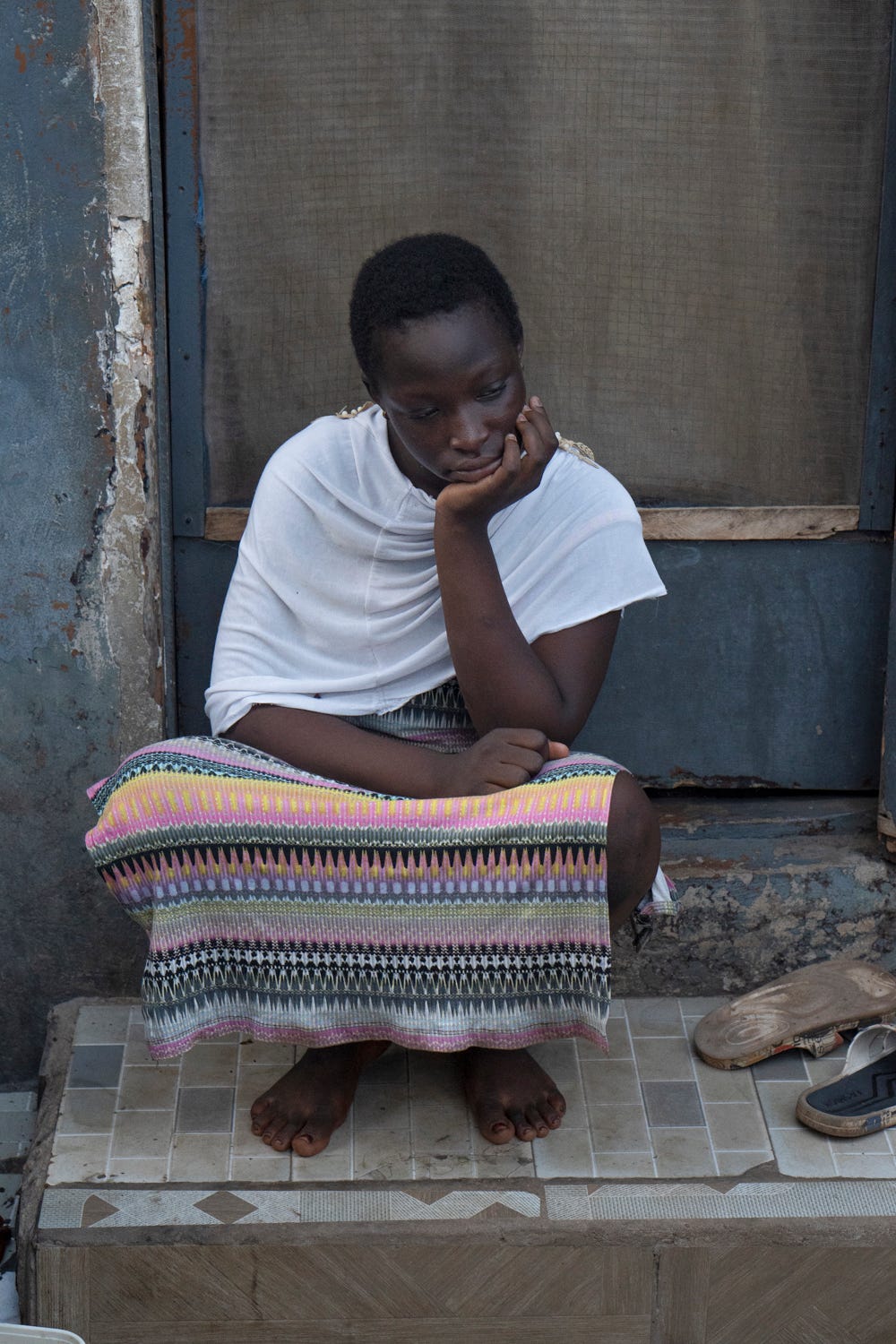
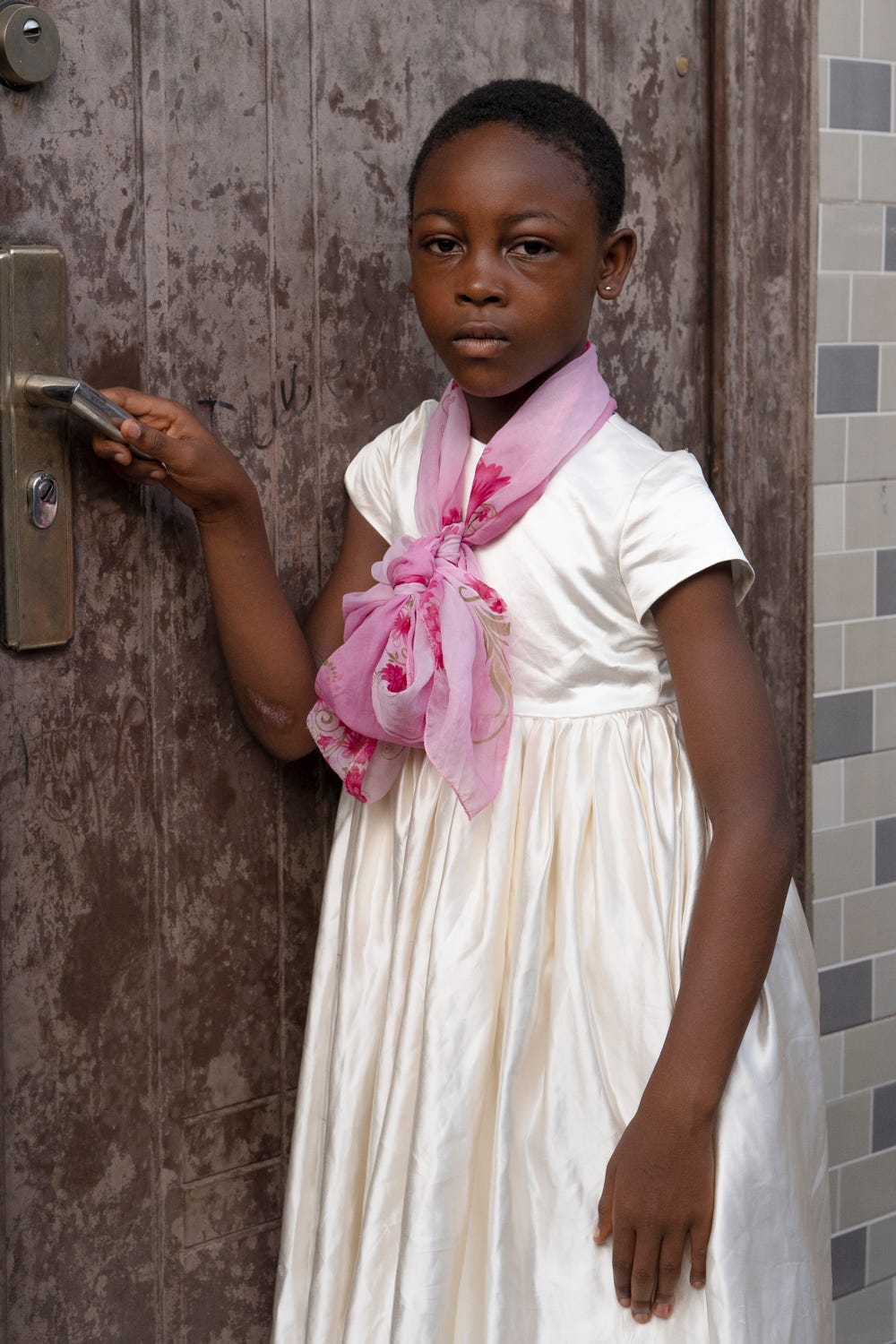
Authentic visual narrative.
I love this series. Thank you 😊